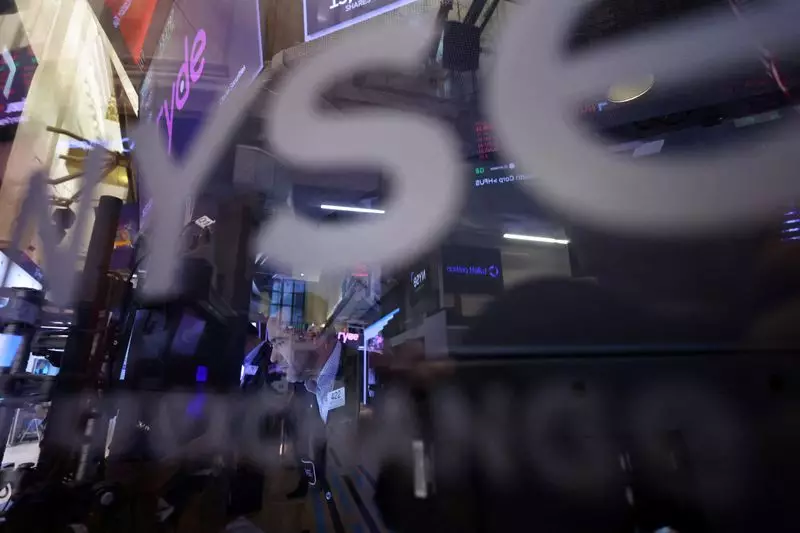The performance of the US stock market can often serve as a barometer for the overall economic climate. On a recent Wednesday, the financial markets demonstrated a significant uptick, fueled by the release of consumer inflation data that was cooler than anticipated. This unexpected news has created a favorable environment for potential adjustments to monetary policy moving forward. With the Dow Jones Industrial Average surging by 705 points (1.7%), the S&P 500 following suit with a similar 98-point increase, and the NASDAQ Composite climbing 380 points, there is palpable enthusiasm among investors.
The consumer price index (CPI) reported a month-over-month increase of 0.4% for December, a bit higher than the previous month’s 0.3%. However, the year-over-year comparison showed CPI climbing to 2.9% from 2.7% in November. What particularly caught market analysts’ attention was the core inflation figure—which excludes volatile components such as food and energy prices—rising only 0.2% month-over-month and 3.2% year-over-year, both of which fell short of market expectations (0.3% and 3.3%, respectively).
This discrepancy introduces a layer of complexity to the inflation narrative. Prior to the release of these figures, market participants were entrenched in a wave of anxiety regarding persistent inflation pressures, exacerbated further by robust employment data from the previous week. As stakeholders considered the implications of President-elect Donald Trump’s controversial tariff plans, there was a looming dread that inflation could remain resilient, potentially leading to the Federal Reserve raising interest rates despite their previously indicated intentions.
Expectations surrounding the Federal Reserve’s policy adjustments are adjusting as well. Investors are recognizing a recalibration in the anticipated pace of interest rate cuts, with projections indicating that only two rate reductions may occur in 2025. This forecast casts a shadow over risk-sensitive assets that thrive under lower borrowing costs. Just weeks ahead of the CPI release, concerns were rife that the Fed might find itself in a position to raise rates instead, a scenario which would undoubtedly send shockwaves through the financial landscape.
A ray of optimism emerged from the corporate sector as numerous prominent banks unveiled their quarterly earnings, contributing positively to the market’s upward movement. For instance, JPMorgan Chase’s stock saw a modest rise of 0.5% after reporting record annual profits. The bank’s success can be attributed to the robust performance of its dealmakers and traders, who enjoyed prosperous outcomes in the recovering markets during the fourth quarter.
Goldman Sachs also stole the spotlight with a remarkable 5.5% increase in its stock price, as the investment bank’s profits soared more than double due to strong performance in its reading results. Wells Fargo also reported better-than-expected fourth-quarter results, with its stock gaining over 5%, spurred by amplified investment banking gains. These strong earnings reports reflect a chaotic yet vibrant backdrop for investors, accentuating their optimism.
Impact on Oil Markets
Moreover, oil prices reacted positively to the inflation data, showcasing an increase attributed to lower consumer inflation and a reduction in US crude stockpiles. By 09:50 ET, US crude futures (WTI) climbed by 1.5%, reaching $77.50 per barrel, while Brent contracts experienced a lesser increase of 1.1% to $80.83 per barrel. However, traders remain wary regarding future oil prices, as reports from the US Energy Information Administration suggest an impending oversupply that could exert downward pressure over the upcoming years.
While the recent inflation data suggests a cooling trend which could ease monetary policy, ongoing uncertainty—especially concerning international oil sanctions and potential stockpile levels—remains a pivotal factor influencing market sentiments. Investors, ever watchful of economic indicators, will likely continue navigating this complex and evolving landscape.

